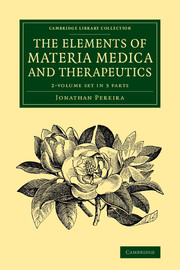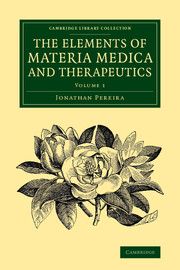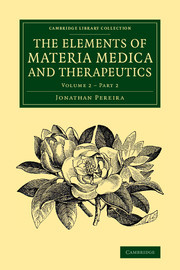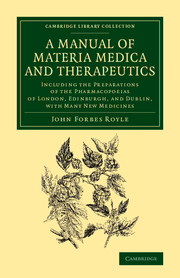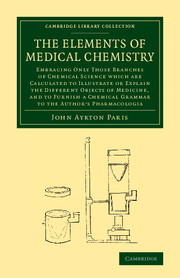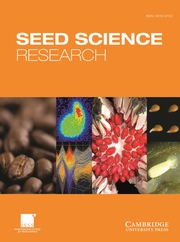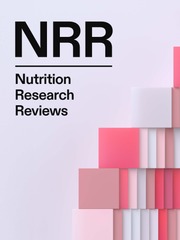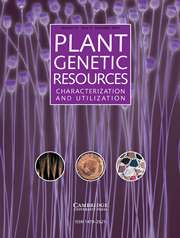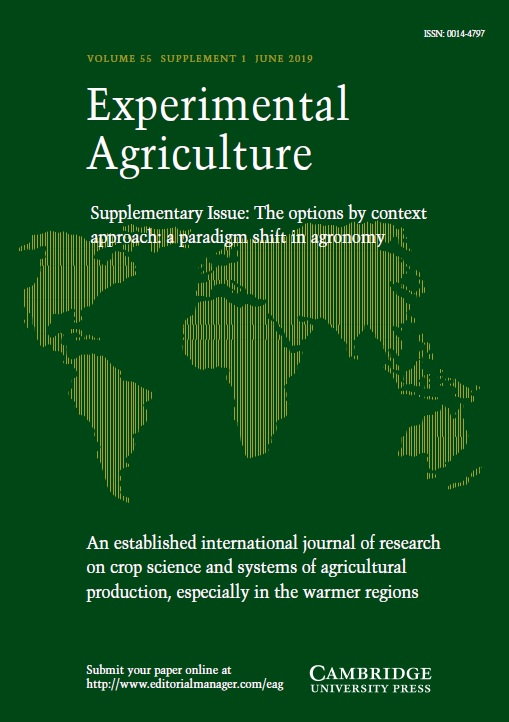The Elements of Materia Medica and Therapeutics 2 Volume Set
After training as an apothecary and surgeon, Jonathan Pereira (1804–53) taught materia medica for many years. His lectures at the medical school in London's Aldersgate Street were highly successful and formed the basis for the first edition of his major encyclopaedic work on medicinal substances. A pioneering text in the field of pharmacology, Pereira's work provided pharmacists and medical professionals with a more rigorous scientific understanding of the drugs and remedies they prescribed. After Pereira's death, medical jurist Alfred Swaine Taylor (1806–80) and physician George Owen Rees (1813–89) prepared this revised and expanded fourth edition, interspersed with instructive woodcuts. Volume 1 (1854) includes discussion of 'physical remedies' such as heat, cold and electricity, and 'hygienic remedies' of diet, exercise and climate, before focusing on general pharmacology and inorganic compounds. Volume 2 is divided into two parts, published in 1855 and 1857, covering organic compounds, both vegetable and animal.
Product details
January 2014Multiple copy pack
9781108068468
2660 pages
231 × 155 × 147 mm
3.83kg
480 b/w illus.
Temporarily unavailable - available from TBC
Table of Contents
- Volume 1: Preface to the fourth edition
- Prolegomena
- Part I. Psychical or Mental Remedies:
- 1. External affections of the mind
- 2. Internal affections of the mind
- Part II. Physical but Imponderable Remedies:
- 1. Light
- 2. Heat
- 3. Cold
- 4. Electricity
- 5. Magnetism
- Part III. Hygienic Remedies:
- 1. Food
- 2. Exercise
- 3. Climate
- Part IV. Mechanical and Surgical Remedies
- Part V. Pharmacological Remedies:
- 1. General pharmacology
- 2. Special pharmacology. Volume 2, Part 1: Preface to the fourth edition
- Part I. Thallogens:
- 1. Algae
- 2. Lichenes
- 3. Fungi
- Part II. Scrogens:
- 4. Filices
- 5. Lycopodiaceae
- Part III. Endogenae:
- 6. Gramineae
- 7. Cyperaceae
- 8. Aroideae
- 9. Palmae
- 10. Melanthaceae
- 11. Liliaceae
- 12. Iridaceae
- 13. Taccaceae
- 14. Amaryllidaceae
- 15. Musaceae
- 16. Marantaceae
- 17. Zingiberaceae
- 18. Orchideae
- 19. Dioscoreaceae
- 20. Smilaceae
- Part IV. Exogenae:
- 21. Cycadaceae
- 22. Pinaceae
- 23. Taxaceae
- 24. Liquidambaraceae
- 25. Salicaceae
- 26. Cupuliferae
- 27. Ulmaceae
- 28. Urticaceae
- 29. Cannabinaceae
- 30. Moraceae
- 31. Artocarpaceae
- 32. Piperaceae
- 33. Euphorbiaceae
- 34. Aristolochiaceae
- 35. Lauraceae
- 36. Myristicaceae
- 37. Thymelaceae
- 38. Polygonaceae
- 39. Salsolaceae
- 40. Labiatae
- 41. Scrophulariaceae
- 42. Solanaceae
- 43. Boraginaceae
- 44. Convolvulaceae
- 45. Gentianaceae
- 46. Loganiaceae
- 47. Asclepiadaceae
- 48. Oleaceae
- 49. Styracaceae
- 50. Sapotaceae
- Index. Volume 2, Part 2: Preface to the fourth edition
- Part IV (cont.):
- 51. Pyrolaceae
- 52. Ericaceae
- 53. Lobeliaceae
- 54. Compositae
- 55. Valerianaceae
- 56. Rubiaceae
- 57. Caprifoliaceae
- 58. Araliaceae
- 59. Umbelliferae
- 60. Cucurbitaceae
- 61. Myrtaceae
- 62. Lythraceae
- 63. Granateae
- 64. Rosaceae
- 65. Leguminosae
- 65(a). Terebinthaceae
- 66. Rhamnaceae
- 67. Simarubaceae
- 68. Rutaceae
- 69. Zygophyllaceae
- 70. Oxalidaceae
- 71. Vitaceae
- 72. Guttiferae
- 73. Aurantiaceae
- 74. Ternstromiaceae
- 75. Dipteraceae
- 76. Byttneriaceae
- 77. Malvaceae
- 78. Linaceae
- 79. Caryophyllaceae
- 80. Polygaleae
- 81. Violaceae
- 82. Cistaceae
- 83. Crucifereae
- 84. Papaveraceae
- 85. Menispermaceae
- 86. Magnoliaceae
- 87. Ranunculaceae
- 88. Myricaceae
- 89. Podophylleae
- 90. Juglandeae
- 91. Geraniaceae
- 92. Cornaceae
- Mixed Products
- Part V. Animal Sub-Kingdom:
- 1. Poriphera
- 2. Polypiphera
- 3. Conchifera
- 4. Cephalopoda
- 5. Annulosa
- 6. Insecta
- 7. Crustacea
- 8. Pisces
- 9. Aves
- 10. Mammalia
- Historical table
- Index.

